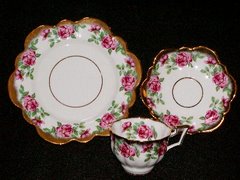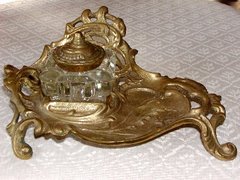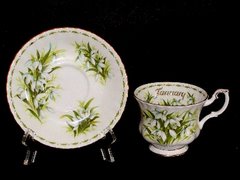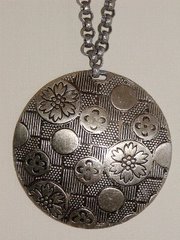
There are so many different types of novelty shakers that some people like to narrow their field of collecting to something more specific, such as dogs, snowmen, anthromorphics (these are non-human subjects with human characteristics, like tomatoes with smiling faces), or golf, to name just a very few.
While you can find plenty in more focused categories such as these, once the collecting bug bites you, chances are you’ll want to expand your collection by widening its scope. A collector of dog S&Ps may decide to collect all types of animals; a snowman collector may start including all Christmas-themed sets; a person collecting fish might want other types of nautical shakers; car collectors could add other types of transportation; and a collection of golf-related shakers could grow to include other sports as well.
In addition, there are those “cross-over collectors”, who collect novelty S&Ps that fit into the same category of their other collections. I know someone who collects anything and everything related to victrolas – this person also has a collection of Nipper (the famous RCA Victor dog) S&Ps because they correspond to the victrola era. I love teapots, so whenever I see a set of teapot salt and pepper shakers, you bet I’m interested!
Mainly I collect whatever S&Ps strike my fancy, which many other people do as well. It’s that indescribable “something” that draws us to certain sets, and if the price is right or the piece is striking enough, our collections grow. Even though collections like this may not have a common theme, they sure can be interesting and the choices are endless!
Besides adding fun and richness to your own world, collecting is a great common ground to meet people with the same interest. Look for active collector’s clubs, like the Novelty Salt and Pepper Collectors Club. This well-organized nation-wide group even has local chapters and national conventions! Where else can you share your collecting stories with others who understand perfectly the thrill of the hunt? Not only is this a wonderful way to expand on your “collection” of friends, you can have a lot of your questions answered, get help with identification, and find out about resources, obscure shops, and other great stuff you’d never know about on your own.
Of course, there are plenty of price guides out there to help you become more knowledgeable about the current value of sets you already own or you’re interested in buying. This can be important not only for buying and selling, but price guides can also help you avoid Buyer’s Remorse if, for example, you see a set in a shop priced at $25 and you know from your price guide that it’s only worth $5 (I actually saw this in a shop once). Price guides can also help you draw up a “wish list” of sets you never even knew existed.
You can find a nice selection of salt and pepper sets at Collector’s Cottage; just click on the Salt and Pepper link in the right-hand sidebar.






